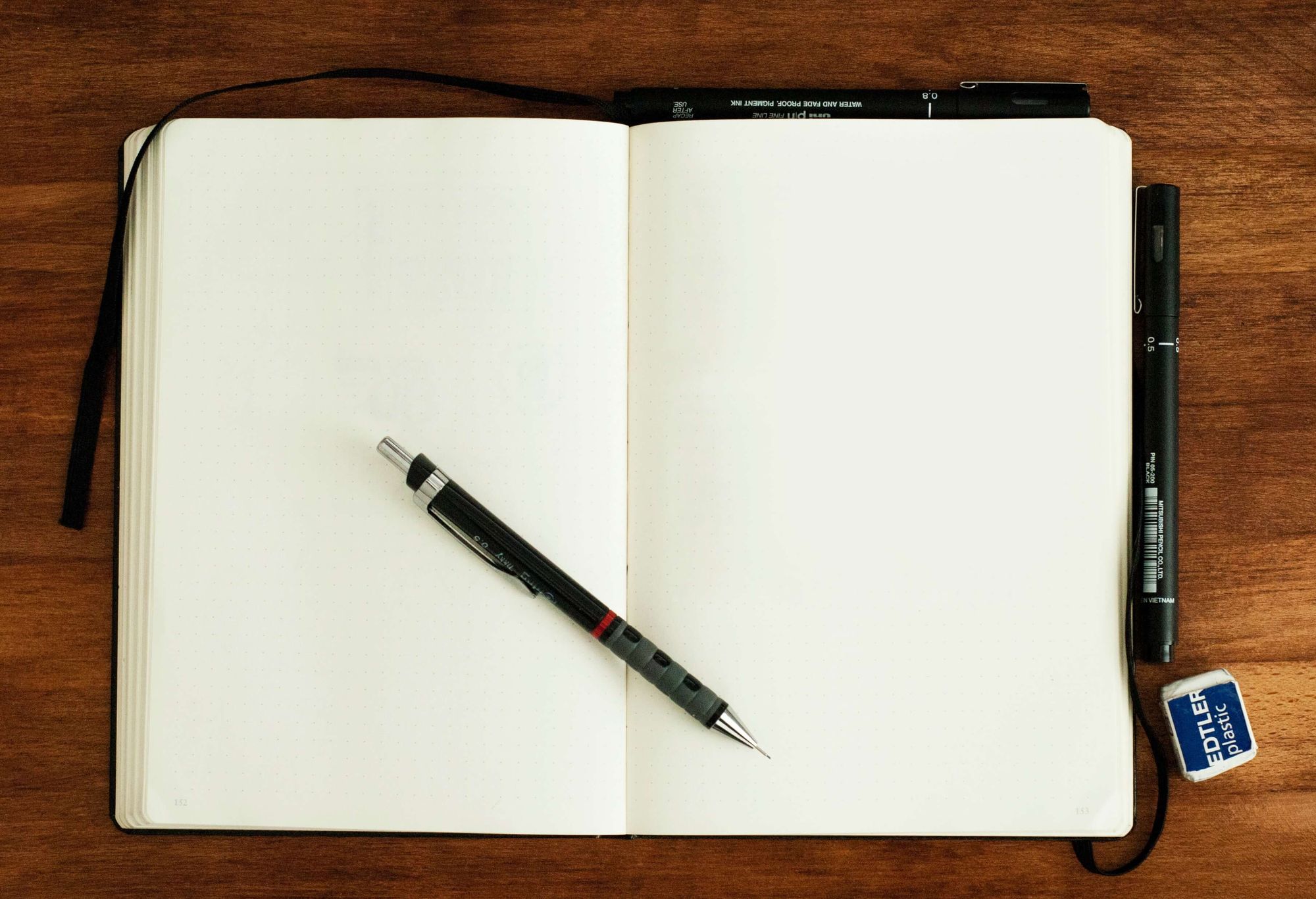
How This Freelancer Built a Thriving Career While Navigating Chronic Illness
Ariel Taranski shares her journey of building a thriving freelancing career while navigating chronic illness.
Freelancer
My first time fainting was, coincidentally, after my first time flying. I always look back at this moment as the first sign that something wasn’t quite right with my health. Because up until that point, I had been (what I thought) was healthy. I was only 14 years old when I fainted, and my childhood before was full of activity. I was enrolled in theater, soccer, softball, gymnastics, tap dance, and even baton twirling. My first chronic illness diagnosis wouldn’t come until I was 19, five years after that first terrifying incident of fainting.
Over those next five years, I saw many doctors and specialists who ran the gamut of tests, and they all came up short. Just months after my birthday, one doctor finally ran the test that would determine the cause of all these years of symptoms, absences from school, and the true headscratcher of an active girl soon becoming too fatigued to stand – a form of Dysautonomia called postural orthostatic tachycardia syndrome, or POTS.
Once we had a name for the thing, we had a course of action. I started seeing an autonomic specialist who was determined to get me on a medication regimen with medical aids, like compression socks and a wheelchair, so I could finally reach my goal of attending college. It would take another few years, but eventually, I got to a place where I was no longer bedbound and could divide my education half online and half on-campus.
Granted, there were still times in college when my health absolutely had to come first, especially since I would receive even more chronic illness diagnoses throughout those years. I even spent my first spring break in the hospital thanks to a newly-diagnosed colitis flare-up, an infection, and low potassium.
So often, I realized the course for me was not straight or “normal,” but I did everything in my power to find the best path. While college friends were pledging for sororities or working on the weekends, I was heading straight from campus to the doctor for bloodwork and fluids. And that was what I needed to survive, so I did it.
During my time in college, I was also trying to figure out my future. Gone were the notions of childhood that I’d be a successful full-time author who could wile her days away writing. Firstly, I found out that was not realistic for many modern authors. And secondly, I knew I had to work around and with my health. I was receiving meager disability checks from the time of my diagnosis through college, and because of this and my health’s unpredictability, I could not live in a dorm room or anywhere on my own.
I had to ask myself, “What is my path? Where do I go from here?” And that was when the first possibility of remote freelance work formed when a website I’d followed for years posted an open internship.
I was studying English, Creative Writing and hadn’t yet decided on a minor until I was accepted for this internship that focused on social media marketing. It feels like serendipity, writing about it now, that this first “work” opportunity would present itself and eventually lead me to where I am now – managing my own freelance business, focused on content marketing for various brands and clients.
That became the spark to building my own brand and working toward a goal of independence, and placing my health at the forefront, which neither the monthly disability checks nor strict work schedules of office jobs could offer.
Not Letting The Idea of “Dream Jobs” Guide Me
I owe that first internship many things since it led to many networking opportunities and even more internships during my college education. But it also taught me something important: Your dream job is what you make it.
Finding your footing in the job market is essential, whether you’re disabled or not. And many people, within the last few years, have discovered how boundaries and a work/life balance outweigh anything else.
My first office internship was flexible with my health, thanks to my manager. But the in-person jobs to follow felt like the true test. I had to work on discovering my clear boundaries and what would make something a “dream” job. Often, it wasn’t in the job description, but with the team I was surrounded by and how I could focus on doing my work no matter the schedule.
Those rigid nine-to-fives were detrimental to my health, and I spent the first weekend of my first job at the ER. I was even let go of what I thought was my “dream” job after having undergone my most invasive surgery. At the time, it took the wind from my sails, but it catapulted me into my freelance career in a way I’m thankful for.
That began with my first paying freelance client in the wedding industry, and soon, many other clients followed through Facebook groups, freelancing websites, and referrals. Now, I can work on my own schedule around flare-ups, doctor’s appointments, and even additional procedures, and I have yet to miss a single deadline with any of my clients. Some even sent me flowers after my last surgery, which goes to show that working with the right people can make any brand or company the true dream.
Injecting Inclusive Practices in Every Role
One unexpected side effect of doing freelance marketing for companies was inclusivity. As someone whose disabilities and chronic illnesses have always had to be at the forefront, this made me view things from a more accessible perspective. I quickly learned that many businesses simply didn’t consider this side of their brand, so I began implementing measures here and there to drive accessibility for all ranges of disability.
Since 96.8 percent of home pages had detectable WCAG 2 failures and 72 percent of adults with disabilities own a smartphone, this is a crucial market that many brands were missing out on or totally ignoring. It started small by injecting inclusive language into marketing copy but evolved into speaking with clients directly about how they can further their accessibility through their websites, marketing, and even their hiring practices.
One aspect of disability is viewing things from an equity standpoint and ensuring all branding and copy are inclusive and not only for disabled or chronically ill audiences. Some clients in the past would view things from a narrow lens (typically their own lived perspective), so I implemented more inclusive practices so that everyone could see themselves represented in the brands they love. This, however, is not a marketing tactic but a genuine human connection that is at the heart of the work I do.
Because when brands do shift their marketing to include rather than exclude, it can effectively benefit their marketing as a result. People love to buy from other people, not just businesses.
Working with My Health, Not Against It
Something I wasn’t aware of going into the workforce was just how much of an uphill battle it would be with my disabilities. In fact, “disabled people are still less likely to be employed than their counterparts who don’t have disabilities, and they are twice as likely to be employed part-time… They’re also more likely to be self-employed.”
Why didn’t those on-site, nine-to-five jobs agree with me? I wondered early on. The reality was that they rarely “agreed with” anyone with disabilities, neurodivergence, or other needs outside of the realm of rigid schedules. I was spending my lunch breaks taking naps in one office’s designated rest spaces and staying late to compensate for my sudden onset of symptoms during the day. And many workers in the past few years can understand burnout and fatigue from an unhealthy work/life balance and how unsustainable it is. So, I pivoted.
Rather than fitting my square needs into a circular peg, I began searching for freelance opportunities on LinkedIn, Glassdoor, UpWork, you name it. What started as social media marketing soon became more content-focused to utilize my degree and interests. What I was previously making in one month on disability checks, I can now make by writing one blog post for a single client.
I’ve been taking Fridays off for most of the past two years as well, which lets me focus on an extra day of rest, freelance admin, or even doctor’s appointments. This focus on my self-care has been a positive for myself and my clients, with many of them reaching out to let me know the quality of my work and how their marketing has seen a boost through my practices.
Juggling Freelancing and Health as a “Jill” of All Trades
If you’re considering venturing into the freelance world, it’s worth looking at all the angles first. Before I launched into it, I did not understand all the administrative duties attached, but I was thankfully able to learn from a few freelancers in my life about the tax side of things, finding clients, building a website, and more.
I’ve always been someone who dabbled or dipped her toes into many topics at once. (I’d like to believe it’s the superpower of any ADHDer!) But being disabled also, surprisingly, prepared me for the budget and communication sides of freelancing.
I’ve spent many hours speaking with insurance companies, configuring my deductibles, co-pays, and other medical expenses, and advocating for myself in this healthcare system. That has translated into creating comprehensive finance spreadsheets for tax purposes, tracking my clients’ payments, drawing clear boundaries with clients, and configuring my rates for freelancing to support myself and my household.
With chronic illness, it sometimes feels like two steps forward and one step back. And for me, I’m driven largely by stubbornness. This has made me tenacious in both my health and work. Last year, I lost a client and found one that paid the same for less work…all within the same day. Freelancing constantly requires pivots, picking yourself back up, and working hard to prove yourself. And life with a disability has also required this kind of flexibility and diligence since no two days are the same, and everything can change instantly.
Conclusion
Once, a doctor told me that my ambitions will outweigh my limitations. Perhaps they meant well, but it always nagged at me. This is the same doctor who said I shouldn’t do on-campus learning, and my wish to experience college life led me to a compromise that allowed me to focus on my health while also fostering friendships, getting involved with campus activities and organizations, and being able to fondly look back on those amazing, difficult, but absolutely worth it years.
Freelancing, for anyone, is an ever-changing thing. It allows a level of freedom and independence, but it can also be hard work. If you want to become a freelancer, my biggest recommendations are to build your portfolio and showcase who you are as a person and freelancer.
Clients want to work with someone they can trust, and a portfolio is often their first point of reference. You should also speak with other freelancers about the hidden challenges, like client boundaries, setting your budget, and battling the dreaded scope creep. But most importantly, to begin freelancing, have faith in yourself, know your worth, and know that no one is worth your stress or ill health.
What works for me won’t work for everyone. But if I can help even one other person with disabilities, chronic illnesses, or even just burnout to find a new and better path, then that’s a win for me.
I’m fortunate that my opportunities have led me here, and I’ll always recognize those privileges and the help I received along the way. But I also know that my own tenacity has helped keep me afloat during those difficult, lonely periods, and utilizing my skills, connections, and life experiences has paved the way for a successful freelance business where I can let my health come first.
Try Buffer for free
180,000+ creators, small businesses, and marketers use Buffer to grow their audiences every month.
Related Articles

TikTok just introduced Bulletin Boards, similar to Instagram's Broadcast Channels. Here's what you need to know.

We've reopened submissions for the new, cohort-based version of the Buffer Guest Post Program. Learn more in this article.

In this article, you'll find 20+ essential LinkedIn statistics that reveal the platform's reach, effectiveness, and continued growth.